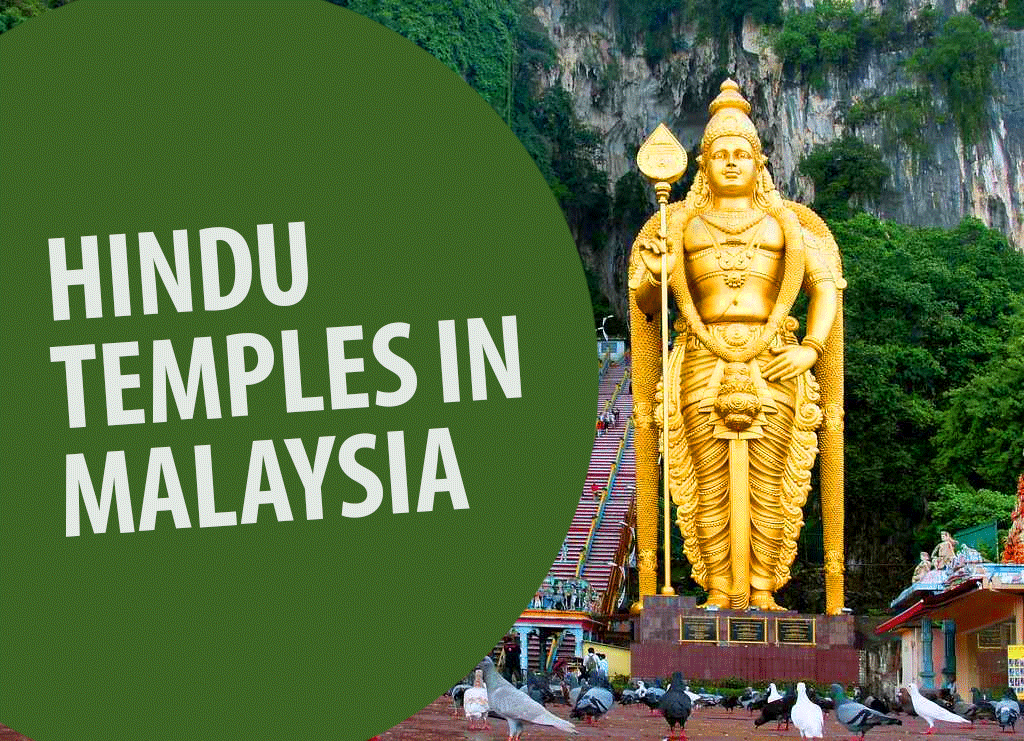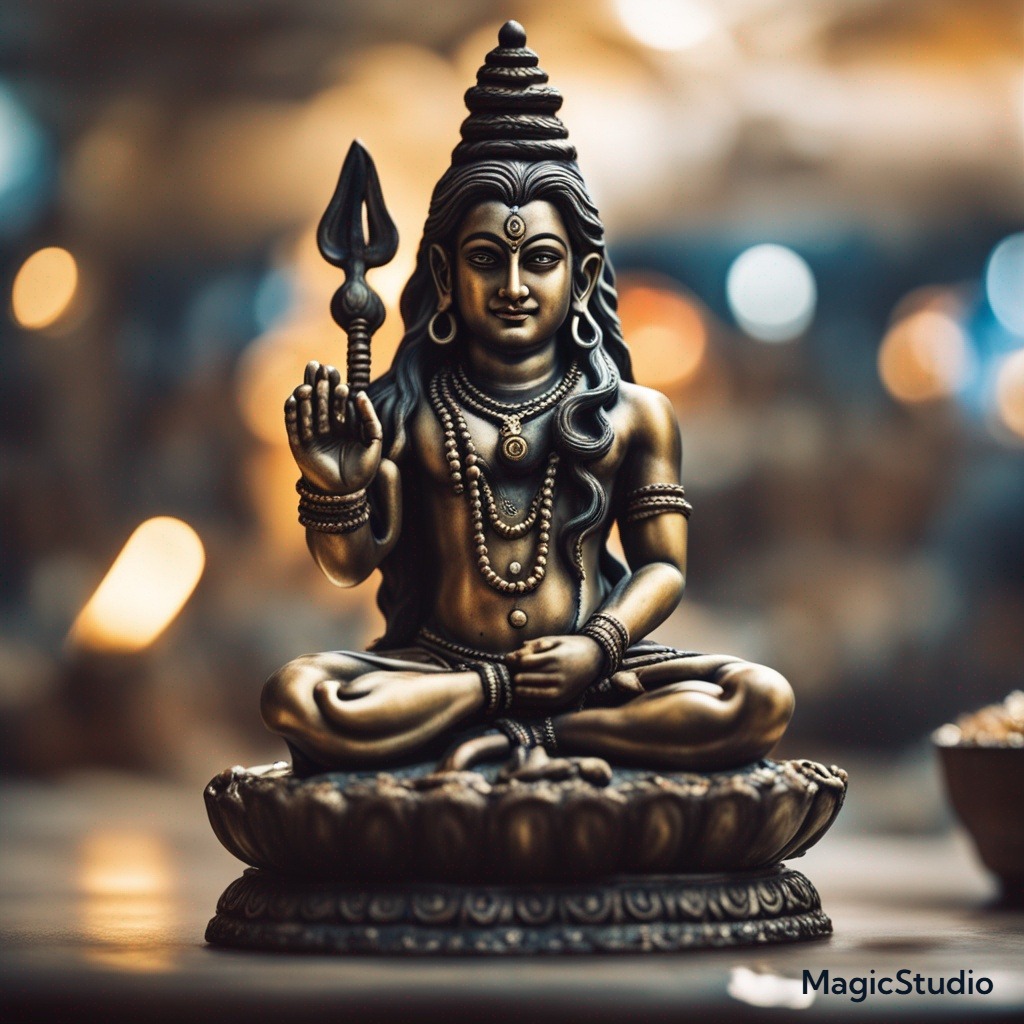The Spread of Hinduism: The study of religion has perennially captivated scholars, unraveling how beliefs traverse borders, defying geography and cultural boundaries. Hinduism, among the world’s oldest religions, is intriguingly making its presence felt not only in its Indian birthplace but also in unexpected realms like Africa and Russia. In this exploration, we embark on a spiritual journey across continents to uncover the reasons behind Hinduism’s surprising growth in these disparate regions.
A. Hinduism’s Growth in Africa
1. History and Background

Hinduism, tracing its roots back to the ancient civilization of India, is making an indelible mark on the African continent. The historical ties between India and Africa can be retraced to early Indian traders navigating the eastern coast. As these traders ventured into African lands, they carried with them the rich tapestry of Hindu customs, traditions, and spiritual beliefs.
Over time, Hindu communities started forming in various parts of Africa. Temples were erected, and unique customs were maintained by these early settlers. Presently, South Africa boasts the largest concentration of Hindus on the continent, with Mauritius and Kenya following suit. Durban, in South Africa, has earned the moniker “Little India,” reflecting its thriving Hindu community.
2. Current Statistics
In the present day, the statistics underscore the growing presence of Hinduism in Africa. While it might not yet rival the prevalence of other religions, there’s a noticeable uptick in the number of Hindus across various African countries. South Africa, with over 800,000 Hindus constituting about 1.5% of the population, stands out. Similarly, Mauritius, with approximately 48% of its citizens practicing Hinduism, showcases the religion’s significant impact.
Other African nations like Kenya, Tanzania, and Ghana have witnessed a surge in Hindu followers. Migration patterns and increased cultural exchange between India and Africa have contributed to this growth. Temples dedicated to Hindu deities are emerging in African cities, serving as focal points for worship and community gatherings.
3. Influences from Neighboring Countries
The rise of Hindu communities in Africa isn’t isolated; rather, it’s interconnected with neighboring nations. Cultural exchanges with countries like India and Mauritius have played a pivotal role. Migration and trade between these nations bring with them the rich tapestry of Hindu heritage.
4. Impact of Globalization and Migration
Globalization has also acted as a catalyst, spreading Hinduism to different corners of Africa. Increased travel opportunities facilitate greater interaction among individuals from diverse backgrounds, leading to an exchange not only of goods but also ideas and religious practices.
The spiritual appeal of Hinduism contributes significantly to its rising popularity. Emphasizing personal growth through yoga, meditation, and devotion, Hinduism resonates with Africans seeking inner peace amid hectic modern lifestyles.
Furthermore, Africans are drawn to elements within Hindu culture that celebrate diversity and promote harmony between different faiths. Festivals like Diwali have gained popularity even among non-Hindus, symbolizing unity while showcasing vibrant traditions.
However, Hindus in face challenges, including discrimination and limited access to suitable places for worship. Overcoming these hurdles is crucial for the religion to flourish.
B. The Emergence of Hindu Communities in Russia
1. Influences from Neighboring Countries
In recent year
s, Hindu communities have been on the rise in Russia, influenced by neighboring countries with strong cultural ties to Hinduism. Proximity to nations like India, Nepal, and Bhutan has facilitated cultural exchange and the gradual integration of Hindu practices into Russian society.
The historical connections between Russia and India, dating back to ancient trade routes like the Silk Road, have allowed for the exchange of not just goods but also ideas and religious beliefs. Hindu customs and practices have found their way into Russian culture over centuries.
2. Impact of Globalization and Migration
The impact of globalization and increased migration is evident in the growth of Hindu communities in Russia. As the world becomes more interconnected, people from different cultures live side by side, leading to an exchange of ideas, beliefs, and traditions.
The Indian diaspora, settling in various parts of the world, including Russia, has played a crucial role in spreading Hinduism beyond traditional boundaries. Increased international travel and migration have exposed Russians to diverse religious traditions, sparking curiosity and interest in Hindu spirituality.
It’s essential to note that the rise of Hindu communities in Russia doesn’t signify a conversion from traditional Russian religions. Instead, it reflects an openness to embracing new perspectives without forsaking one’s own heritage.
3. Religious Freedom and Acceptance
Hindus establishing themselves in Russian society face challenges related to religious freedom and acceptance. Misunderstandings and discrimination may arise due to unfamiliar customs or rituals. However, this emergence of Hindu communities in Russia is a positive development, fostering multicultural dialogue and promoting understanding between different belief systems.
Conclusion
In conclusion, the spread of Hinduism to unexpected corners of the globe showcases the dynamic nature of religious growth in our interconnected world. Whether it’s.









